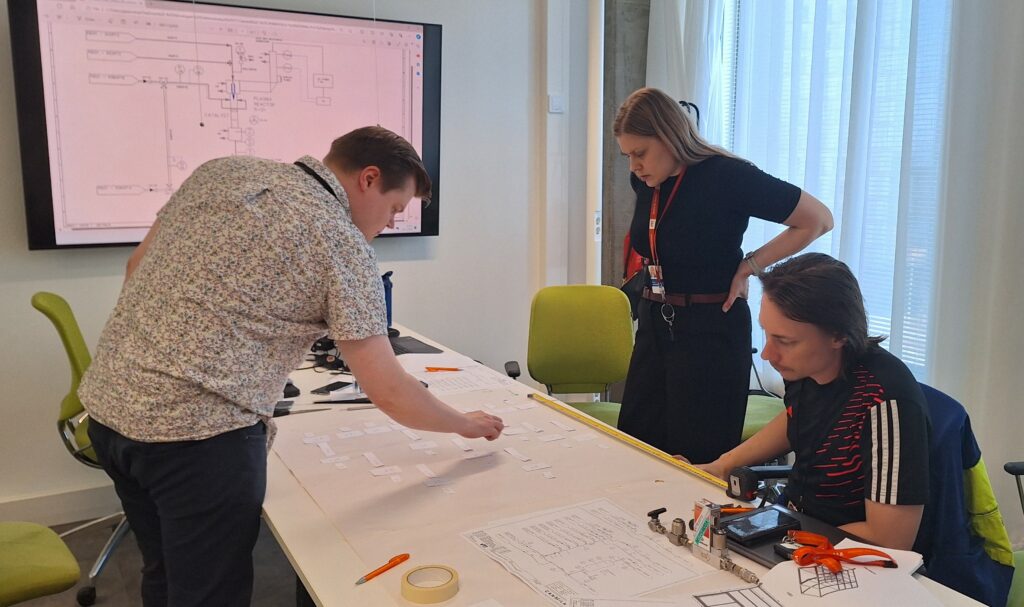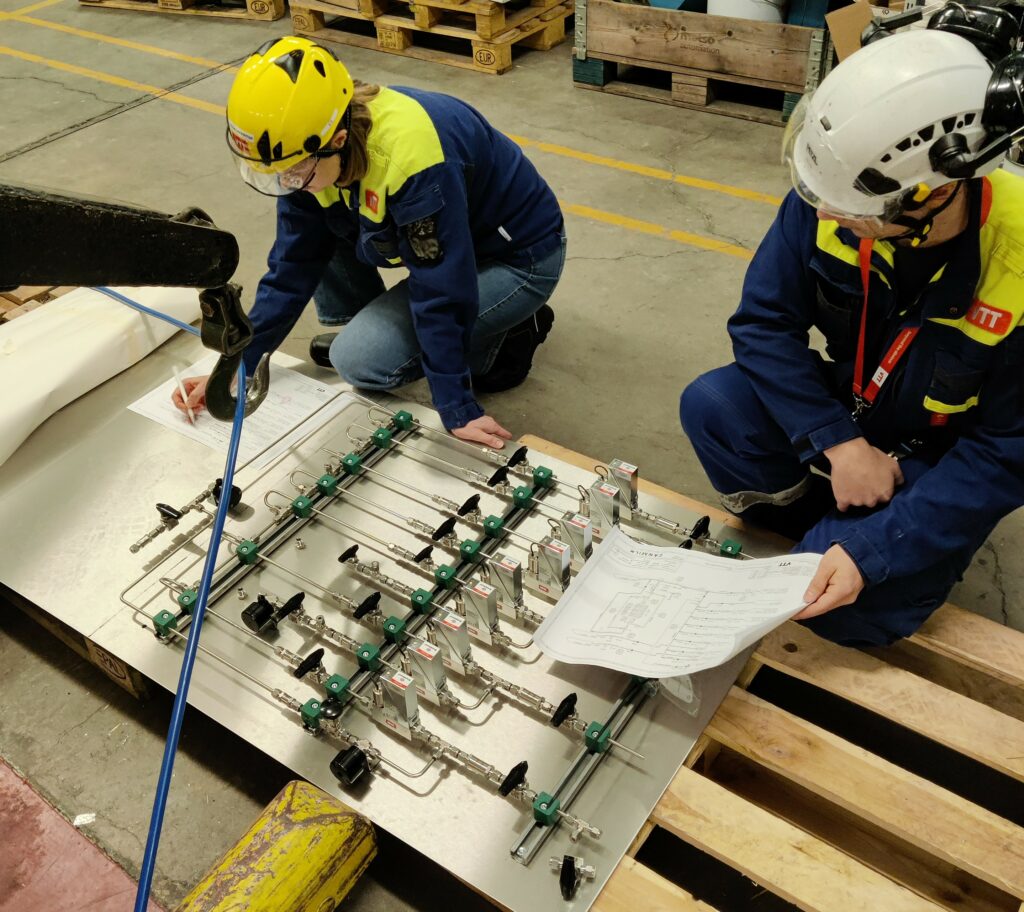The CANMILK project is dedicated to developing innovative technologies for reducing methane emissions in dairy barns. A key component of the project is the development of a proof-of-concept (PoC) unit that will lay the foundation for subsequent prototype development. The focus is on using plasma technology to activate and break down methane. In an interview with Jasmiina Palo, project manager at VTT, she outlines the main steps and objectives of the development phase of the PoC unit.

What is the purpose of developing a proof-of-concept (PoC) unit in the CANMILK project?
In the CANMILK project, we have set an ambitious goal: to convert 90% of methane into less harmful carbon dioxide (CO2) by utilizing integrated adsorption and plasma technologies. To achieve this, we are constructing a POC system that will enable us to test our proposed concept. It’s important to distinguish between the demonstration unit and the PoC unit. The scale of the PoC unit can range from milliliters to liters, and the goal is to test innovative concepts that have not been explored before.
What are the key components of the PoC unit?
In the CANMILK process, the primary components are the plasma reactor and the adsorber unit. The adsorber unit first concentrates ultra-dilute methane from barn air, and then the plasma unit converts it into less harmful compounds. Our initial plan involves using non-thermal plasma in conjunction with a concentrated stream from the adsorber unit to achieve a targeted methane removal rate of 90%.
With the PoC system, we can also investigate other types of plasma, such as microwave plasma, to evaluate various parameters beyond methane conversion, including energy efficiency, which may be more applicable for larger-scale implementations.
Can you describe the process of designing the PoC unit? What were the key challenges?
The design of the PoC unit can be characterized as a small-scale project. It is crucial to establish clear objectives that outline the goals of the PoC, including the identification of essential features, functionalities, and performance metrics. Additionally, when the design involves collaboration—such as in the CANMILK project—smooth communication among all stakeholders is vital throughout every phase of the project. This includes the design and development, implementation, testing, and validation stages. In fact, communication challenges can become a significant bottleneck in the design process, alongside technical uncertainties arising from the very low technology readiness levels found in projects like CANMILK.
What kind of data was needed for the design of the PoC?
Technical design starts with defining the boundary conditions, which entails understanding the operating environment. In the project’s first year, we conducted comprehensive air measurements in a real barn in Arvela, Finland. During these measurements, we monitored methane and other impurities, including ammonia, sulfur compounds, and carbon dioxide. This helped us gain a better understanding of the operational environment and the requirements for the PoC unit. As a result, we were able to establish several technical boundaries for the PoC unit, including its scale and operating conditions, based on the data gathered from the barn air measurements.

Once the PoC unit is constructed, what testing procedures will it undergo, and what are the key metrics for success?
Once the reactor and adsorber units are constructed, they will be tested individually before being integrated into a single test train at VTT’s facilities. The proof-of-concept tests will use simulated gas mixtures to establish stable operation for a duration of 20 to 100 hours, with the goal of achieving 90% methane conversion. Furthermore, we have the capability to test various gas compositions and operational modes to optimize the system.
How do you simulate real-world barn conditions during the testing phase?
In the first year of the project, we collected data from the barn air measurement campaign, which will serve as our foundation. Using the PoC unit, we can replicate the conditions of the barn air by creating a gas mixture that includes pure, bottled gases and water to simulate the humidity present in the barn air.
How will the PoC unit be integrated into a real barn environment, and what challenges do you anticipate during this process?
As a follow-up project, testing the PoC unit under real barn conditions could be considered. This, of course, depends on the outcome of the tests at VTT Bioruukki.